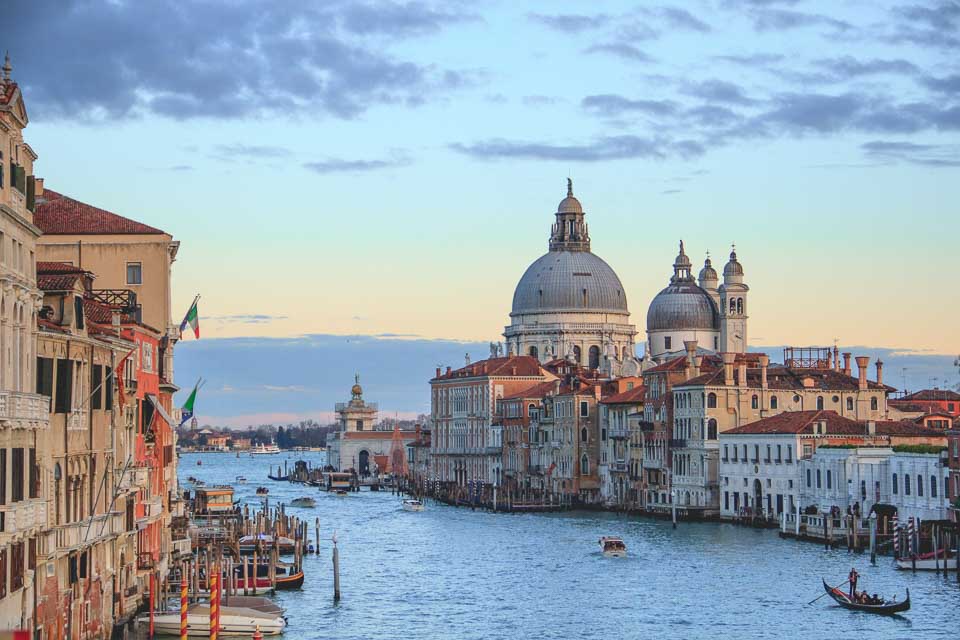
There are many chances to see beautiful places like Rome, Florence, and Venice while visiting Italy, making it an interesting trip. Packing wisely is crucial before leaving to experience Italy’s rich past, enjoy delicious food, and take in breathtaking scenery. With a focus on vital travel items, such as the crucial “tourist visa checklist for Italy,” this is a complete guide to packing for your Italian holiday.
Important Documents for Your Italy Trip
The necessary papers is one of the first things you should carry for your trip to Italy. A legal passport and a Schengen visa—especially a short-stay Schengen visa if you’re here for tourism—are needed in order to enter Italy. Make sure your passport is good for at least three months beyond the length of your planned stay by following the “tourist visa checklist for Italy” before asking for your visa. In order to show that you can afford your trip, you will also need cash records, your journey plan, and proof of housing. To avoid stress at the last minute, keep these papers in a safe pocket.
Comfortable Clothing for Diverse Weather
Depending on the area and season, Italy’s weather can change. Bring flexible, light clothes for summer trips, such as dresses, shorts, and cotton t-shirts, especially for places like Rome or Florence. However, a heavy coat and thick clothes will be needed if you’re going in the winter or want to visit the northern areas, such the Alps. Since you’ll probably be seeing Italy’s towns on foot, comfortable walking shoes are important regardless of the season. Because of the uncertain weather, especially in Venice, don’t forget to pack an umbrella or a lightweight rain jacket.Depending on the area and season, Italy’s weather can change. Bring flexible, light clothes for summer trips, such as dresses, shorts, and cotton t-shirts, especially for places like Rome or Florence. However, a heavy coat and thick clothes will be needed if you’re going in the winter or want to visit the northern areas, such the Alps. Since you’ll probably be seeing Italy’s towns on foot, comfortable walking shoes are important regardless of the season. Because of the uncertain weather, especially in Venice, don’t forget to pack an umbrella or a lightweight rain jacket.
Travel Essentials and Electronics
To guarantee a smooth trip, you need have a few journey items in addition to clothes. Because Type F power plugs are used in Italy, you will need a power switch for your tools. Additionally, pack a small charger so you can keep your tools charged on long days of touring. Download downloaded maps and language applications to help you understand basic Italian words so you can easily travel Italy’s places. A camera or smartphone with extra memory cards will be useful if you want to take pictures. These little gadgets will promise that you’re ready for your trip to Italy.
Toiletries and Personal Care Items
In order to stick to flight limits, don’t forget to pack the basics in travel-sized packages. Don’t overpack, but add things like toothpaste, shampoo, soap, and perfume. There are lots of shops in many Italian towns, so once you are there, you can always get what you need. Carrying any needed medications is also a smart idea, especially if you have serious medical needs and are moving. It might also be helpful to have a small first aid kit with basics like bandages, pills, and cleaning wipes.
Travel Insurance and Health Essentials
When visiting Italy, it is important to value your health and safety. Getting a tourist visa requires having travel insurance, which is also necessary to cover any unforeseen delays or medical problems. A minimum of €30,000 must be paid by your insurance for both hospital costs and return. Additionally, remember to bring the appropriate medications and drugs if you have any special medical needs or allergens. You may journey across Italy with peace of mind if you have your medical papers and travel insurance information on hand.
Money, Credit Cards, and Backup Plans
Make sure you prepare for Italy with a number of payment methods, such as credit cards, bank cards, and some euros (local money). It’s wise to keep cash on hand for little purchases or situations since not all locations in Italy take cards, especially in smaller towns or markets. Keep your money and credit cards in a safe, handy place, like a money belt, to help you handle your money effectively. In the event that your main card is lost or stolen, always have a backup payment method.
Travel Guidebooks and Italian Phrasebook
A travel guide might be a helpful addition to your packing list if this is your first time to Italy. It makes planning your tour easier by giving thorough information on Italy’s towns, historical places, and regional cultures. Even though English is widely spoken by Italians in vacation areas, learning a few words in Italian might improve your trip and ease conversation with locals. When traveling through non-touristy places, a tiny Italian phrasebook or a phone app might be helpful.
Conclusion
Packing carefully and paying close attention to details are necessary while planning a trip to Italy, especially when it comes to getting a tourist visa. You may make sure that all of your needed paperwork is prepared for submission by crossing things off the “tourist visa checklist for Italy.” Your holiday will be a wonderful experience if you have the proper clothing, the necessary travel gear, and a full knowledge of Italian customs and culture. Goodbye!